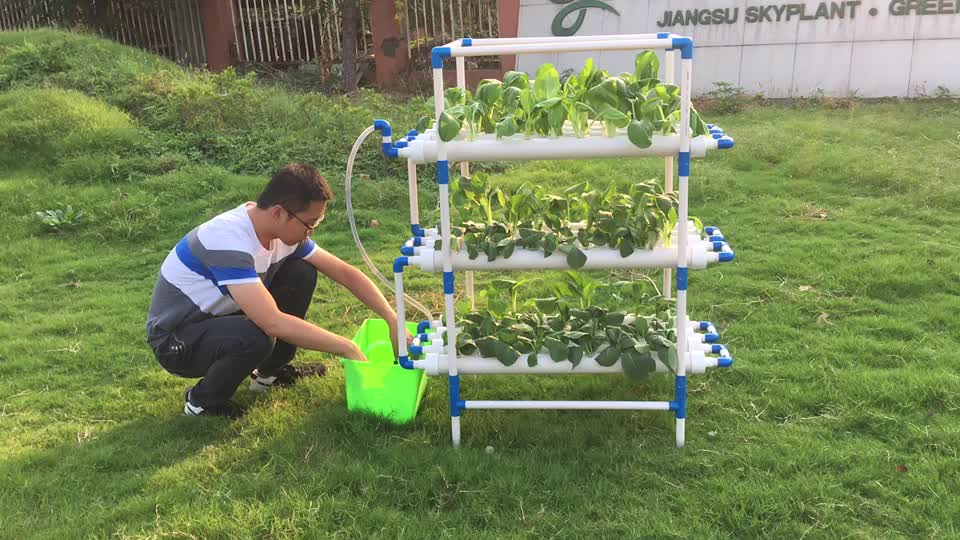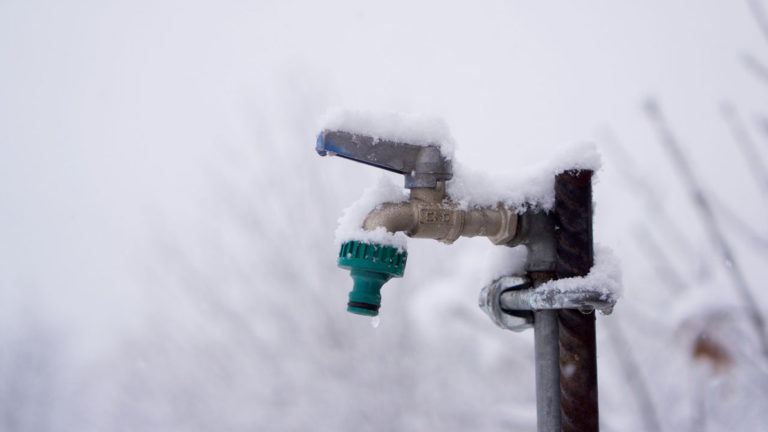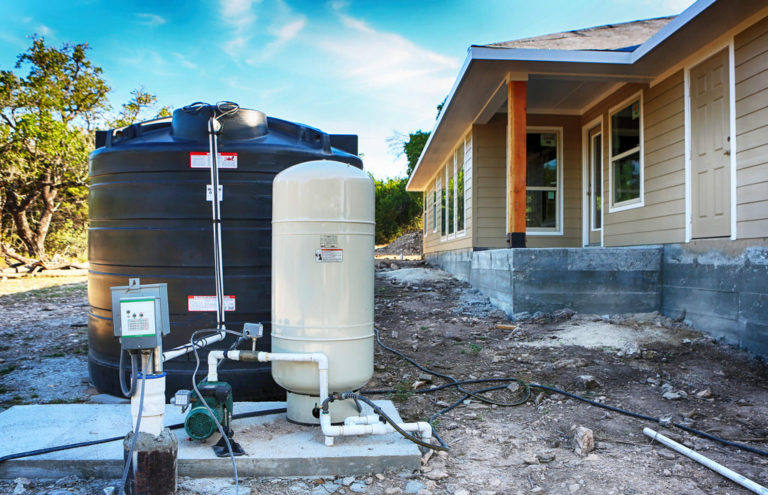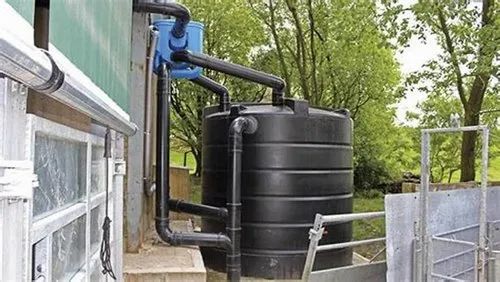Are you ready to embark on a sustainable and self-sufficient gardening journey?
Look no further than hydroponics – a revolutionary method of growing plants without soil.
With the right tools and equipment, you can build your own off-grid hydroponic garden, producing fresh and healthy crops all year round.
We’ll dive into the essential supplies you need to get started, from nutrient films and grow lights to pH test kits and aeration systems.
Whether you’re a seasoned gardener or just starting out, our guide will provide you with actionable tips and recommendations for building your very own off-grid hydroponic gardening setup.
So let’s get growing!
Hydroponic system
This is the foundation of your hydroponic garden. You’ll need to choose a system that suits your gardening needs and the space you have available. Some popular options include nutrient film technique (NFT) systems, ebb-and-flow (Flood-and-Drain) systems, and drip irrigation systems.
There are several popular options to consider, each with its own benefits and space requirements.
For example, nutrient film technique (NFT) systems are ideal for growing leafy greens and herbs, as they provide a constant flow of nutrients to the plants.
These systems are compact and can be easily scaled up or down depending on your space and gardening needs.
Ebb-and-flow (Flood-and-Drain) systems are another popular option, suitable for growing a wide range of plants, including fruiting crops like tomatoes and cucumbers.
These systems use a reservoir of nutrient-rich water that is pumped into the grow trays, providing plants with a consistent supply of nutrients.
Drip irrigation systems are a great option for efficient water use, delivering nutrients directly to the roots of the plants.
This system is ideal for drought-prone areas or for gardeners looking to conserve water.
When choosing a system, consider the space you have available, the types of plants you want to grow, and your water source and conservation goals.
With the right system in place, you can create a thriving hydroponic garden that produces healthy, delicious crops all year round.
Grow medium
This is the substance where your plants will grow their roots. Common grow mediums include rockwool, coco coir, and peat moss.
The grow medium is the substance where your plants will grow their roots, and it plays a important role in determining the health and success of your garden.
There are several common grow mediums to choose from, each with its own set of benefits and characteristics.
Rockwool, for example, is a popular choice among hydroponic gardeners due to its excellent water retention properties and consistent pH levels.
It’s also very easy to use and can be reused multiple times.
Coco coir, on the other hand, is a renewable and biodegradable medium that is rich in nutrients and has a high porosity, making it ideal for plants that require high levels of oxygen.
Peat moss is another popular medium that is well-draining and rich in organic matter, providing a perfect environment for your plants to thrive.
Regardless of which medium you choose, it’s essential to maintain proper watering and nutrient levels to ensure optimal growth and health.
By selecting the right grow medium for your plants, you’ll be setting them up for a strong and healthy start in your garden.
Nutrients
Hydroponic plants require a balanced diet of nutrients to grow healthy and strong. You’ll need a nutrient solution that contains the necessary macronutrients (nitrogen, phosphorus, potassium, calcium, and magnesium) and micronutrients (boron, copper, iron, chlorine, and manganese).
Hydroponic plants, just like their soil-grown counterparts, require a balanced diet of nutrients to grow healthy and strong.
A nutrient solution that contains the necessary macronutrients and micronutrients is essential for optimal plant growth.
The macronutrients, which include nitrogen, phosphorus, potassium, calcium, and magnesium, are the primary nutrients that hydroponic plants need to grow and thrive.
These macronutrients play a important role in various plant functions such as photosynthesis, cell growth, and root development.
In addition to the macronutrients, hydroponic plants also require a range of micronutrients, including boron, copper, iron, chlorine, and manganese.
These micronutrients are just as important as the macronutrients, as they help regulate various physiological processes in the plant, such as enzyme function, protein synthesis, and the formation of cell walls.
To ensure that your hydroponic plants are receiving a balanced diet of nutrients, it is important to use a nutrient solution that is specifically formulated for hydroponic systems.
These solutions typically contain a balanced blend of macronutrients and micronutrients, as well as other beneficial elements such as vitamins and amino acids.
By providing your hydroponic plants with a comprehensive nutrient solution, you can help them grow healthy and strong, and maximize your crop yields.
Pump and water reservoir
A pump is necessary to circulate nutrient solution throughout your hydroponic system, and a water reservoir is needed to store the nutrient solution. Choose a pump and reservoir that can support the demands of your system.
A pump is an essential component of any hydroponic system, as it is responsible for circulating the nutrient solution throughout the system.
Without a pump, the plants would not receive the necessary nutrients and oxygen to thrive.
When selecting a pump, it’s important to consider the size of your system, the number of plants you plan to grow, and the height and distance between the plants and the nutrient solution.
A pump that can deliver a consistent flow rate and adequate pressure is important to ensure that all plants receive an equal supply of nutrients.
A water reservoir is necessary to store the nutrient solution, and it should be chosen based on the size of your system and the amount of solution needed.
The reservoir should be large enough to hold the solution needed for the entire system, but not so large that it becomes impractical to maintain.
It’s important to choose a pump and reservoir that can support the demands of your system to ensure optimal growth and health of your plants.
Timers and controls
To ensure consistent and efficient watering, you’ll need timers and controls that can regulate the duration and frequency of watering. You can use a manual or automated timer to control the flow of water to your plants.
To ensure that your plants receive the right amount of water, at the right time, and in the right frequency, you’ll need to invest in timers and controls that can regulate the duration and frequency of watering.
These devices can be either manual or automated, and they can make a huge difference in the health and productivity of your plants.
Manual timers allow you to set specific watering schedules and durations, ensuring that your plants receive consistent and efficient watering.
Automated timers, on the other hand, use sensors to monitor soil moisture levels and adjust watering schedules accordingly, providing your plants with exactly the right amount of water at the right time.
By investing in timers and controls, you can save time, conserve water, and ensure optimal growing conditions for your plants.
Lighting
Depending on the type of plants you’re growing, you may need additional lighting to supplement natural light. LED grow lights are popular for hydroponic gardens due to their energy efficiency and long lifespan.
If you’re looking to grow plants hydroponically, it’s important to consider the type of lighting you’ll need to ensure optimal growth.
Depending on the specific plants you’re growing, you may require additional lighting to supplement natural light.
For instance, plants such as leafy greens and herbs typically require more light than others, while fruiting plants like tomatoes and peppers require less.
LED grow lights are a popular choice for hydroponic gardens due to their energy efficiency and long lifespan.
LED lights are specifically designed to provide the exact spectrum and intensity of light that plants need to thrive, and they consume less energy compared to traditional lighting methods.
LED grow lights have a longer lifespan than other types of grow lights, which means you’ll need to replace them less frequently.
This can save you money in the long run and reduce waste.
Overall, choosing the right lighting for your hydroponic garden is a important step towards ensuring successful plant growth and maximizing your yields.
Fans and ventilation
Proper ventilation is important for maintaining a healthy environment for your plants. You’ll need fans and vents to ensure proper air circulation and to prevent the buildup of heat and humidity.
Proper ventilation is a important aspect of maintaining a healthy environment for your plants.
Without adequate ventilation, heat and humidity can accumulate, leading to a variety of issues that can negatively impact the growth and health of your plants.
To prevent this from happening, you’ll need to invest in high-quality fans and vents that are specifically designed for indoor gardening.
These fans and vents should be placed strategically throughout your grow space to ensure proper air circulation.
This can include ceiling fans, wall-mounted fans, and intake vents that bring in fresh air from outside.
It’s also important to include exhaust vents that remove heat and moisture from the space, preventing the buildup of condensation and reducing the risk of mold and mildew.
In addition to providing proper air circulation, fans and vents can also help to reduce the risk of pest infestations by disrupting the breeding and larval stages of pests like spider mites and whiteflies.
By maintaining a healthy and well-ventilated grow space, you can promote healthy plant growth and reduce the need for pesticides and other harmful chemicals.
With the right fans and vents in place, you’ll be well on your way to creating a thriving and sustainable indoor garden.
PH testing kit
A pH testing kit is necessary to monitor and adjust the acidity of the nutrient solution. This will ensure that your plants are receiving the proper nutrients for healthy growth.
To ensure that your plants are receiving the proper nutrients for healthy growth, it is essential to monitor and adjust the acidity of the nutrient solution.
A pH testing kit is a important tool in this process, as it allows you to measure the pH levels of the solution and make adjustments as needed.
PH testing kits are affordable, easy to use, and provide quick and accurate results, making them a valuable investment for any indoor gardening enthusiast.
By regularly testing the pH levels of your nutrient solution and making adjustments to maintain the optimal pH range of 5.5-6.5, you can ensure that your plants are receiving the proper balance of nutrients they need to thrive.
A stable pH range will help to prevent nutrient deficiencies and mineral buildup, which can be detrimental to plant growth.
By investing in a pH testing kit and regularly monitoring the acidity of your nutrient solution, you can rest assured that your plants are receiving the proper care they need to grow strong and healthy.
Want More? Dive Deeper Here!
Hey there! If you’re the type who loves going down the rabbit hole of information (like we do), you’re in the right spot. We’ve pulled together some cool reads and resources that dive a bit deeper into the stuff we chat about on our site. Whether you’re just killing time or super into the topic, these picks might just be what you’re looking for. Happy reading!






